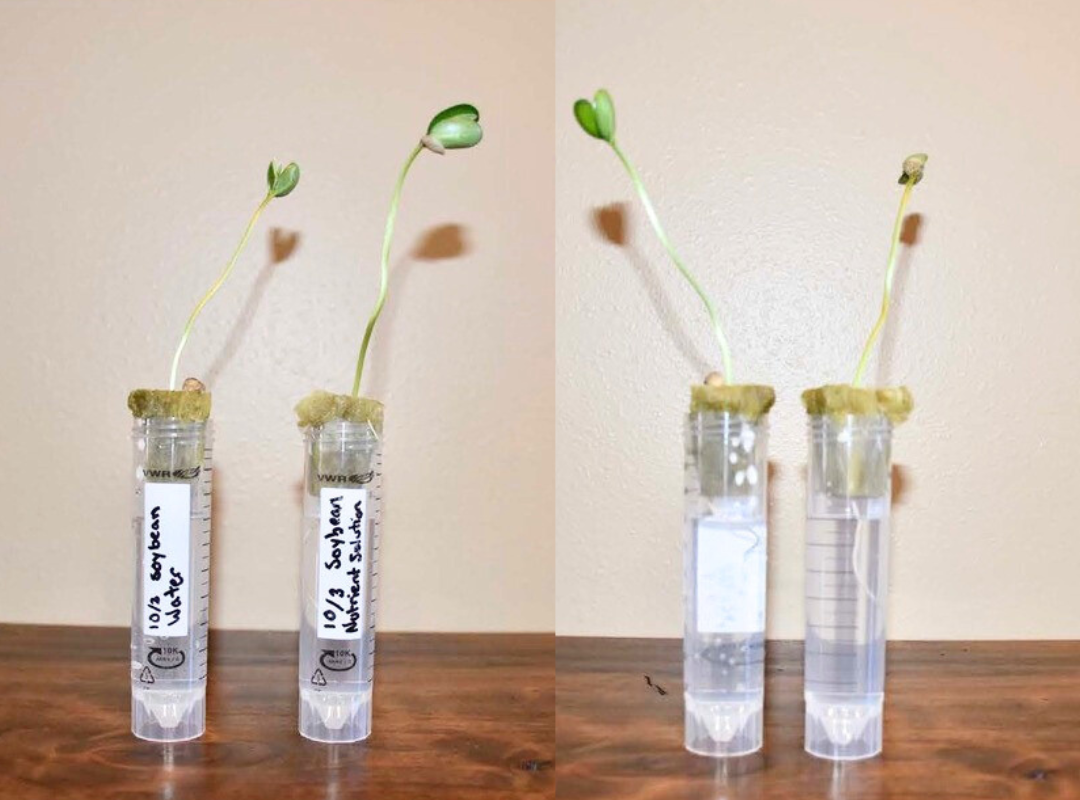
Test Tube Hydroponics (Grades 6-8)
Investigate the importance of nutrients to support plant growth and discover how plants grow without soil by growing and observing plants in a test tube hydroponic system.

Investigate the importance of nutrients to support plant growth and discover how plants grow without soil by growing and observing plants in a test tube hydroponic system.

Students will understand how photoperiodism impacts plants and animals in the environment and learn how egg farms use this science to manage the laying of eggs by their hens.
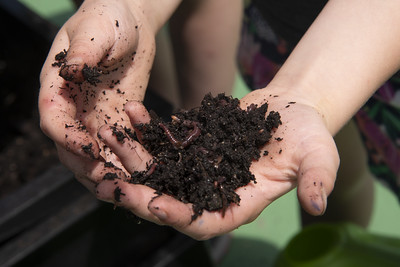
Students create a worm bin which will serve as a basis for investigations about ecosystems, life and nutrient cycles, and decomposition.

Students investigate soil texture and determine the texture of several soil samples.
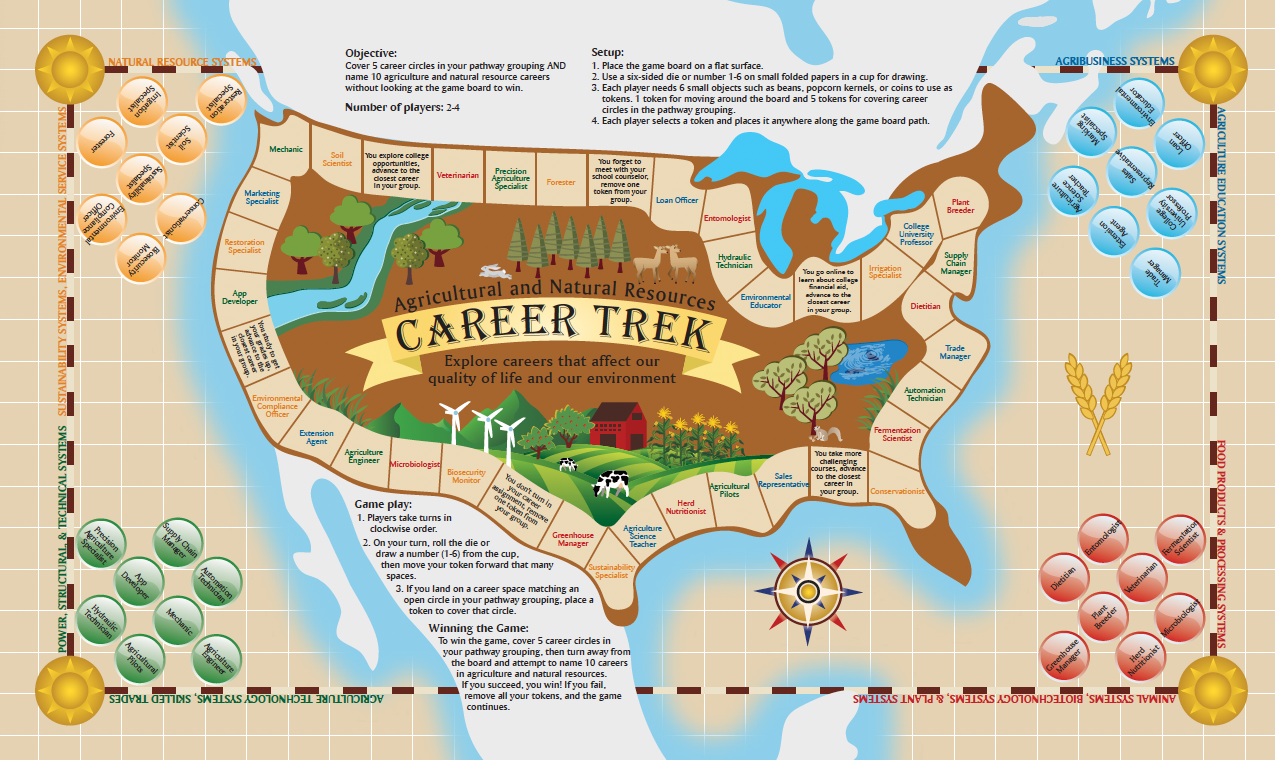
Explore the farm-to-fork process of food through the lens of careers. Students will make a career web to see the variety of careers and skill sets necessary to our food system. They will check their understanding by playing Career Trek—a board game that requires students to identify careers in agriculture and natural resources.
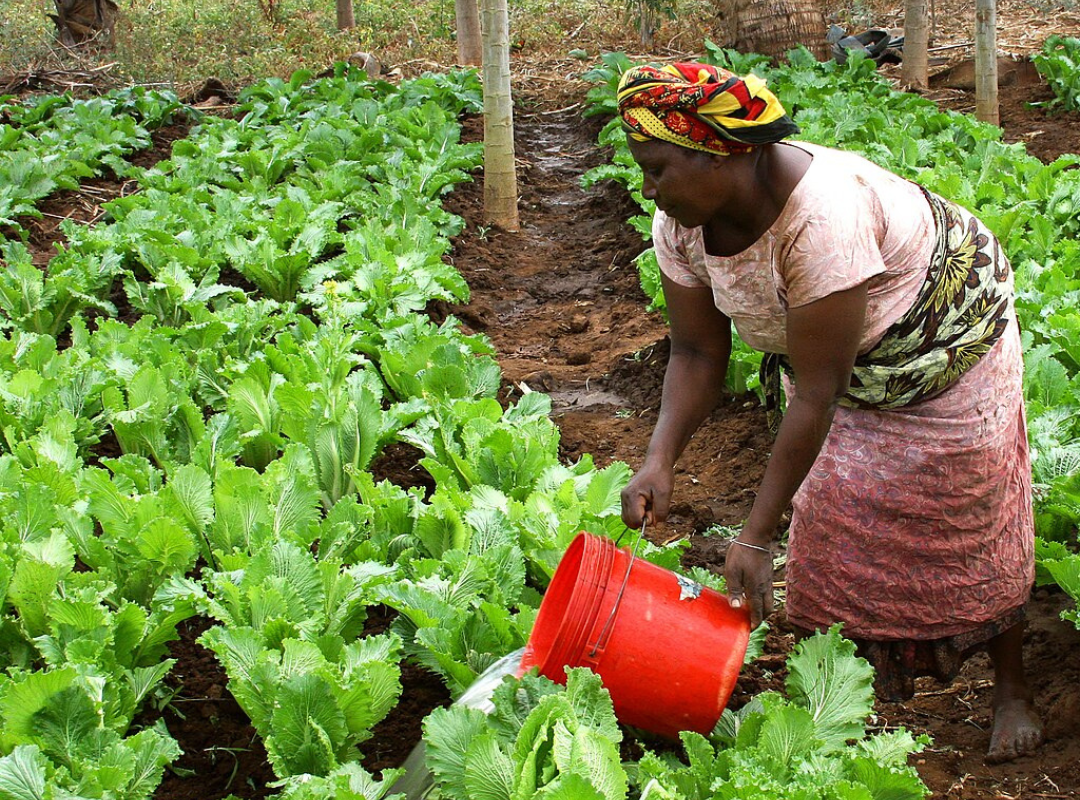
Students will investigate the number of women farmers globally and identify these farmers’ impacts on feeding the world's population.
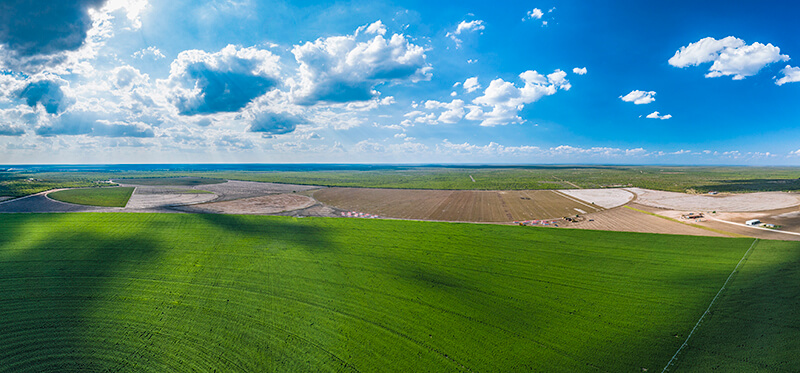
Students discover that there are many different types of farms that grow and raise a variety of products we use daily. Students investigate what farmers do.

Students observe the anatomical structures of flowers and explain a flower's role in plant growth and reproduction as well as their connection to our food supply.
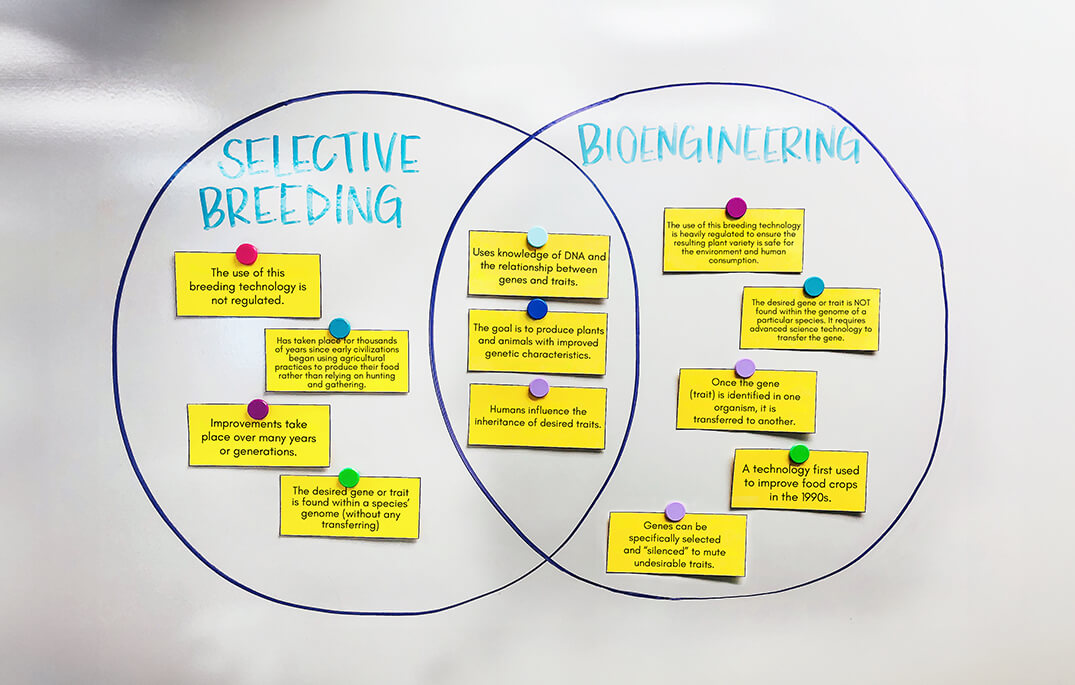
Students identify technologies that have changed the way humans affect the inheritance of desired traits in organisms; compare and contrast selective breeding methods to bioengineering techniques; and analyze data to determine the best solution for cultivating desired traits in organisms.
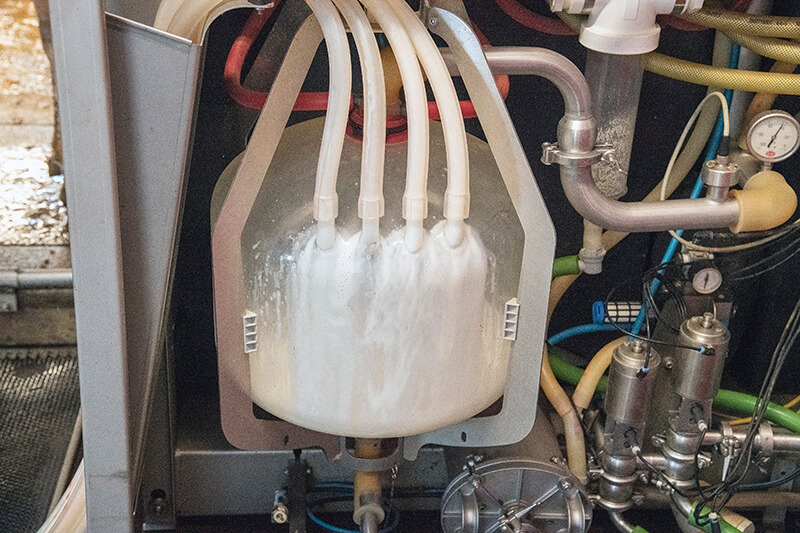
Students will explore milk production in the United States and explain the benefits of homogenization, pasteurization, and fortification of milk.

Students will explore the steps and processes that create a food system and gain an understanding of hunger as it relates to the physical well-being, culture, and geographic location of all people. Students will learn what a food system encompasses, create a "food system chain," and discuss why hunger still exists despite modern advances that have made the US food system highly efficient.
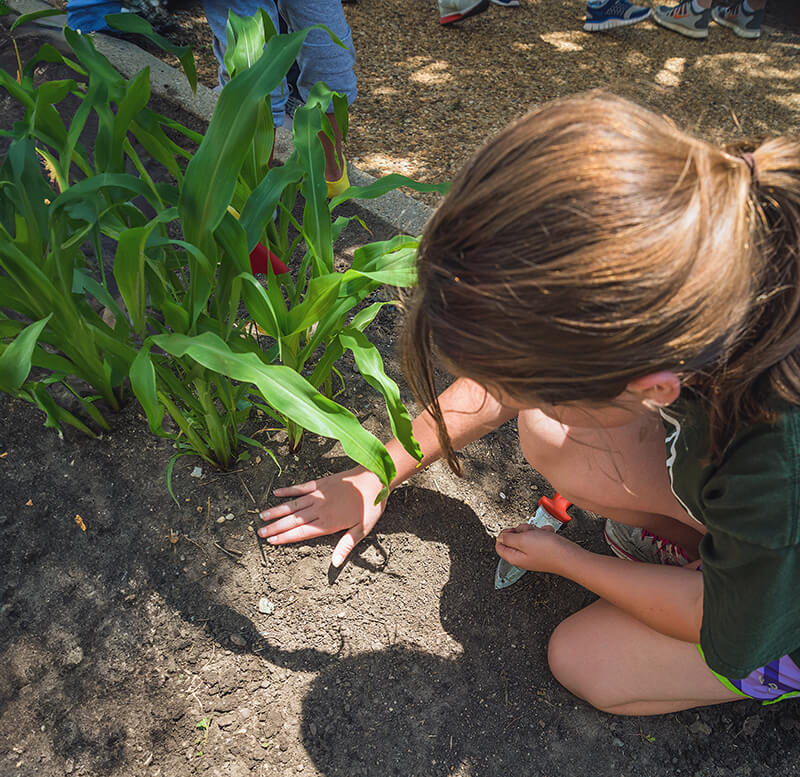
Students investigate the "three sisters" crops (corn, beans, and squash) and explore the benefits of planting these crops together.